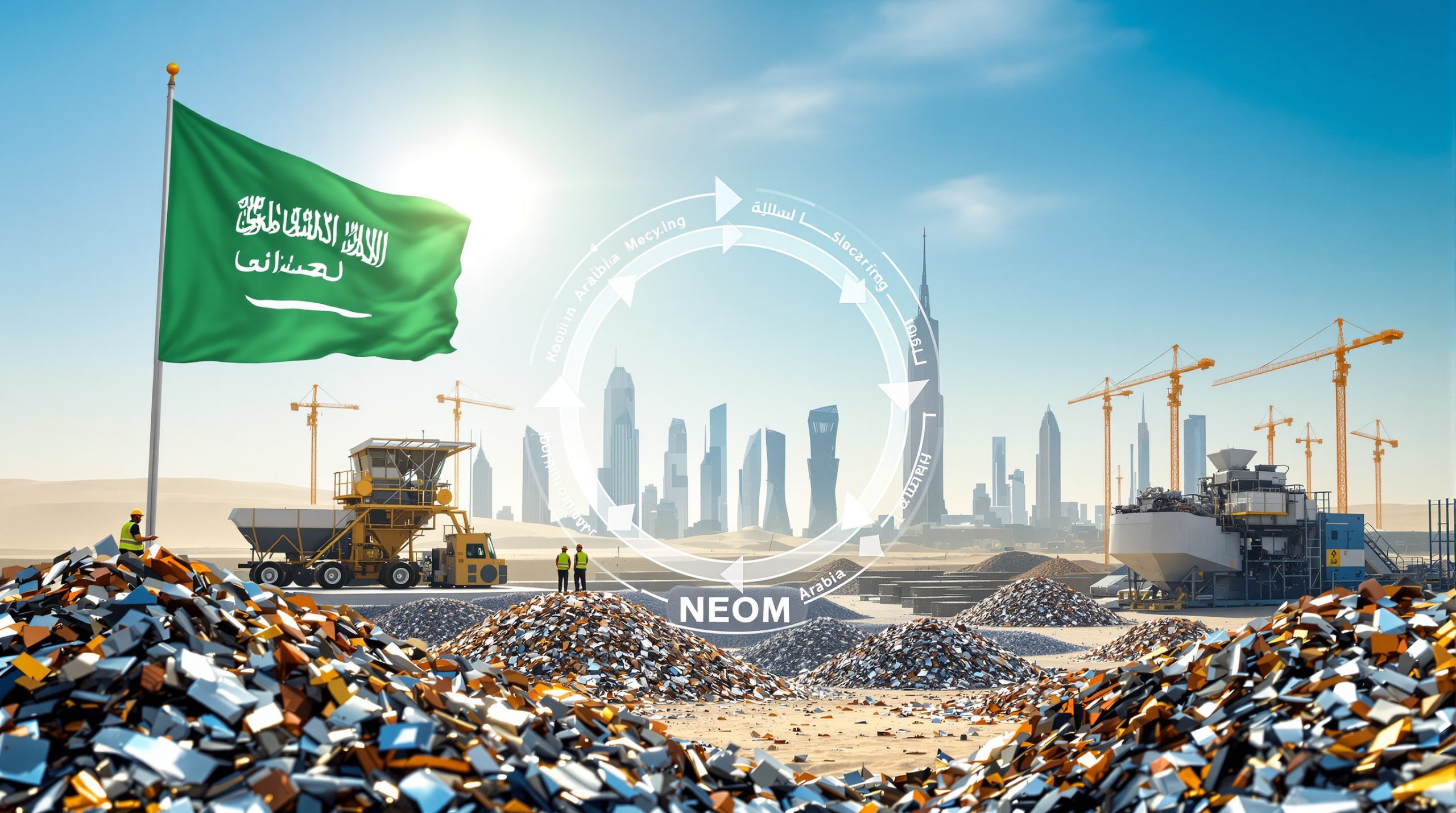Why Did Peabody Energy Withdraw from the $5.9 Billion Coal Deal?
The collapse of Peabody Energy's proposed $5.9 billion acquisition of Anglo American's coal assets marks a significant turning point in the coal industry's approach to methane risk management. This high-profile withdrawal highlights how safety incidents can have far-reaching financial implications beyond immediate operational disruptions, affecting not just individual companies but entire regional economies and investment landscapes.
The Methane Incident That Derailed a Major Acquisition
In March 2025, a methane-related fire damaged Anglo American's Moranbah North coalmine in Queensland, setting off a chain reaction that ultimately led to the deal's collapse. This incident brought renewed attention to the persistent challenges of mining mental health strategies and methane management in underground coal mining, where this volatile gas poses both safety hazards and financial risks.
The fire's impact extended far beyond the immediate damage to infrastructure, ultimately costing Peabody and Anglo American a transaction valued at US$3.8 billion (AUD $5.9 billion) and potentially reshaping how the industry evaluates methane-related risks in future acquisitions.
What Caused the Deal to Fall Apart?
The Methane Fire Incident and Its Aftermath
Following the March incident at Moranbah North, Peabody Energy attempted to renegotiate the purchase price, arguing that the fire substantially reduced the value of Anglo's coal portfolio. Their position reflected growing industry concern about methane management costs and operational disruptions.
Anglo American firmly rejected this position, maintaining that the incident did not "constitute a material adverse change" under the terms of their agreement. This fundamental disagreement over asset valuation in light of methane risks created an impasse that neither party could overcome, ultimately leading to Peabody's withdrawal from the transaction.
The disagreement highlights a critical gap in how different parties assess methane-related incidents—what one side views as a temporary setback, the other sees as a material change to long-term asset value and operational viability.
The Financial Implications of Methane Management
The failed acquisition underscores the substantial financial risks associated with methane in underground coal mining operations:
• Production losses from methane-related shutdowns can reach hundreds of millions of dollars
• Asset valuations often require significant downward adjustments following serious incidents
• Recovery costs and equipment replacement create additional financial burdens beyond direct production losses
• Extended mine closures impact workforce stability and local economies dependent on mining activity
At Moranbah North specifically, operations remain suspended pending safety approvals and equipment replacement, while at Anglo's Grosvenor mine, approximately 850 employees and contractors await restart authorization—both situations directly linking methane management challenges to significant economic impacts.
How Does Methane Impact Coal Mining Economics?
The Hidden Costs of Methane-Related Disruptions
Methane presents a dual challenge for coal operators—it's both a potent greenhouse gas and an explosive hazard when trapped underground. Recent industry experiences demonstrate how methane incidents create ripple effects across multiple stakeholders:
• For mining companies: Reduced profitability from extended outages, higher operating costs, and potential asset devaluation
• For governments: Diminished royalty payments during production stoppages, affecting state budgets and public services
• For communities: Economic instability when mines suspend operations, affecting local businesses and employment
• For investors: Increased risk premiums on coal assets with methane exposure, leading to higher capital costs
As Andrew Gorringe, Energy Finance Analyst at the Institute for Energy Economics and Financial Analysis (IEEFA), noted: "Mine outages from methane events can cost hundreds of millions of dollars in lost production or recovery costs, reduce the royalties paid to state governments and generate economic shocks on mining towns."
The Profitability Squeeze
The coal sector faces compounding challenges to profitability that extend beyond methane management:
| Factor | Impact on Coal Economics |
|---|---|
| Lower coal prices | Reduced revenue per tonne |
| Higher operating costs | Compressed profit margins |
| Methane management expenses | Additional capital requirements |
| Extended outages | Production volume declines |
| Regulatory compliance | Increased administrative burden |
These pressures are already visible in financial performance across the sector. Anglo American reported negative underlying EBITDA for the first half of 2025, with methane ignition incidents at both Grosvenor and Moranbah North mines contributing significantly to these disappointing figures.
With coal prices trending downward amid rising operational costs, methane-related disruptions add a particularly challenging dimension to mining economics, forcing companies to allocate substantial resources to mitigation and safety measures.
What Are the Operational Challenges of Methane Management?
The Skills Shortage Crisis
The coal industry faces a critical shortage of specialized safety personnel at a time when methane management demands have never been higher:
• Ventilation officers, who manage airflow systems to control methane concentrations, are in particularly short supply across Queensland's underground mines
• Certification rates have plummeted, with only 5 ventilation officer certificates issued in 2024, compared to 21 the previous year
• Companies warn that staffing shortfalls in these critical safety roles could force unplanned mine closures
• Training and certification pipelines have not kept pace with industry needs, creating a worsening talent gap
This skills shortage creates a dangerous situation where mines may lack the expertise needed to effectively manage methane risks, potentially leading to more incidents and further economic disruption.
Regulatory Pressures and Compliance Challenges
Queensland has implemented stricter methane safety and emissions reporting requirements, adding regulatory complexity to operational challenges. Mining companies must navigate:
• Enhanced monitoring and reporting obligations that require specialized expertise
• More rigorous compliance standards with limited room for error
• Potential penalties for non-compliance that can impact financial performance
• Increased scrutiny from safety regulators following high-profile incidents
Anne-Louise Knight, Lead Research Analyst at IEEFA, emphasized this challenge: "The deal fallout highlights the methane risks and costs associated with coal mining, following a string of recent incidents, and a labour and workforce development challenges in Australia could worsen these risks."
What Does This Mean for the Future of Coal Acquisitions?
Pricing Methane Risk into Deals
The collapse of the Peabody-Anglo deal signals a fundamental shift in how coal assets will be valued in future transactions:
• Buyers will likely demand steeper discounts to account for methane management risks and potential disruptions
• Due diligence processes will place greater emphasis on methane control systems, historical incident rates, and mitigation strategies
• Deal structures may include more contingent elements tied to methane performance and safety outcomes
• Sellers may need to provide stronger warranties regarding methane management capabilities and infrastructure
This revaluation process could significantly impact transaction volumes and values in the coal sector, potentially accelerating the shift away from assets with higher methane exposure.
Anglo American's Path Forward
Despite this setback, Anglo American remains committed to divesting its coal assets as part of its broader strategy to focus on other commodities. CEO Duncan Wanblad expressed confidence that the company could "conclude an alternative sale process for value in due course."
However, potential buyers will likely approach any deal with heightened awareness of methane risks, potentially leading to:
• Lower valuations for Anglo's coal portfolio
• More complex deal structures with contingency provisions
• Extended due diligence periods focusing on methane management
• Potential carve-outs of assets with higher methane exposure
The company faces the challenge of balancing its divestment timeline against the need to obtain fair value for assets now viewed through a more risk-conscious lens by potential acquirers.
How Can the Industry Address Methane Challenges?
Technological Solutions and Investment Needs
Opportunities exist to transform methane from a liability into an asset through innovative approaches:
• Methane capture and utilization technologies that convert this gas into useful energy
• Ventilation system improvements that enhance safety while reducing emissions
• Advanced monitoring and early warning systems that detect dangerous concentrations before incidents occur
• Integration of methane into mine energy systems to offset operational costs
However, these solutions require significant capital investment, skilled personnel, and regulatory approvals—all of which remain challenging to secure in the current environment of compressed margins and heightened risk awareness.
Workforce Development Imperatives
Addressing the skills shortage in critical safety roles requires a coordinated industry response:
• Enhanced training programs for ventilation specialists and other safety personnel
• Competitive compensation to attract and retain talent in specialized roles
• Knowledge transfer initiatives to preserve expertise as experienced personnel retire
• Collaboration with educational institutions to develop talent pipelines for the next generation
Without these investments in human capital, the industry risks continued operational disruptions and safety incidents, further eroding investor confidence and economic sustainability.
What Are the Broader Implications for Australia's Coal Sector?
Economic Ripple Effects
The methane management challenges facing underground coal mines extend beyond individual companies to impact:
• Regional economies dependent on mining activity for employment and business opportunities
• State budgets that rely on coal royalties for essential services and infrastructure
• Supply chains serving the coal sector, from equipment providers to service contractors
• Energy security considerations in domestic and export markets
These interconnected impacts make methane management not just a corporate concern but a matter of regional economic significance across Queensland's coal communities.
Environmental and Safety Considerations
Effective methane management serves dual purposes that align environmental and safety objectives:
• Reducing greenhouse gas emissions from coal operations, as methane is a potent climate forcer
• Enhancing worker safety in underground environments by preventing explosive concentrations
• Meeting increasingly stringent regulatory requirements for both safety and emissions
• Addressing community concerns about mining impacts and sustainability
This alignment creates potential for integrated approaches that simultaneously address safety, environmental, and economic considerations—though implementing such solutions remains challenging given current industry consolidation trends.
A Watershed Moment for Coal Risk Assessment
The collapse of Peabody's acquisition of Anglo American's coal assets represents more than just a failed transaction—it signals a fundamental reassessment of how methane risks are valued in coal mining. Future deals will likely incorporate more sophisticated approaches to quantifying and mitigating these risks, potentially changing the economics of coal asset transactions.
For the broader industry, this development underscores the urgent need for mining transformation strategies including investment in methane management technologies, workforce development in critical safety roles, and operational practices that can minimize disruptions from methane-related incidents.
As coal companies navigate these challenges, they face a complex balancing act between maintaining profitability, ensuring worker safety, meeting regulatory requirements, and addressing environmental concerns—all while operating in a market with compressed margins and heightened scrutiny.
The Peabody withdraws from coal deal over methane may ultimately be remembered as the moment when methane management firmly established itself as a central consideration in coal industry economics and strategy, rather than simply an operational or compliance issue.
Disclaimer: This article involves analysis of evolving market conditions and industry trends. Readers should consult with professional advisors before making investment opportunities insights or operational decisions based on this information. The coal industry faces significant transition risks that may impact long-term asset values and operational viability.
Interested in Spotting the Next Big Mining Opportunity Before the Market?
Discovery Alert's proprietary Discovery IQ model delivers instant notifications on significant ASX mineral discoveries, helping investors identify actionable opportunities ahead of the broader market. Visit our discoveries page to see how major mineral discoveries have generated substantial returns for early investors.




